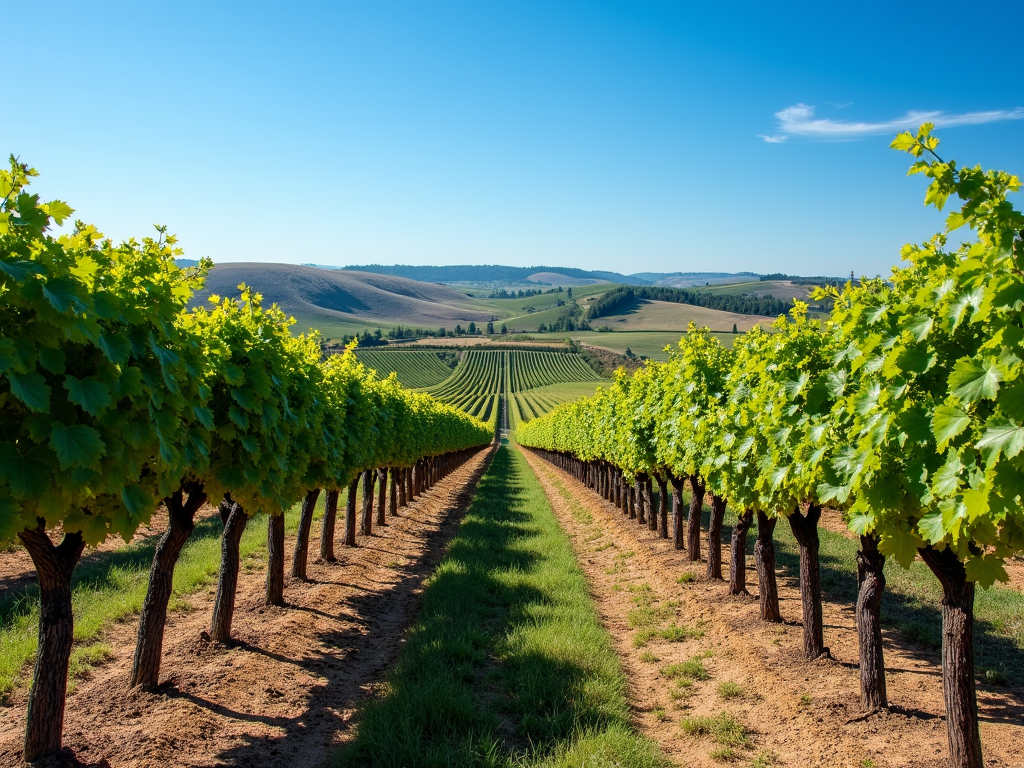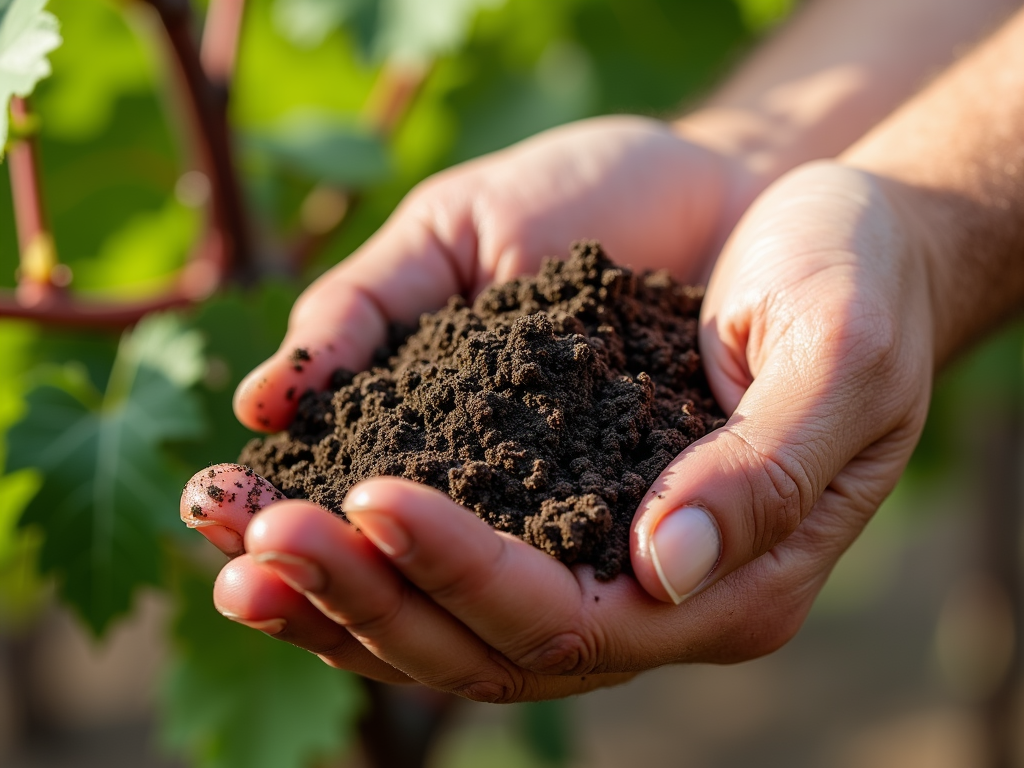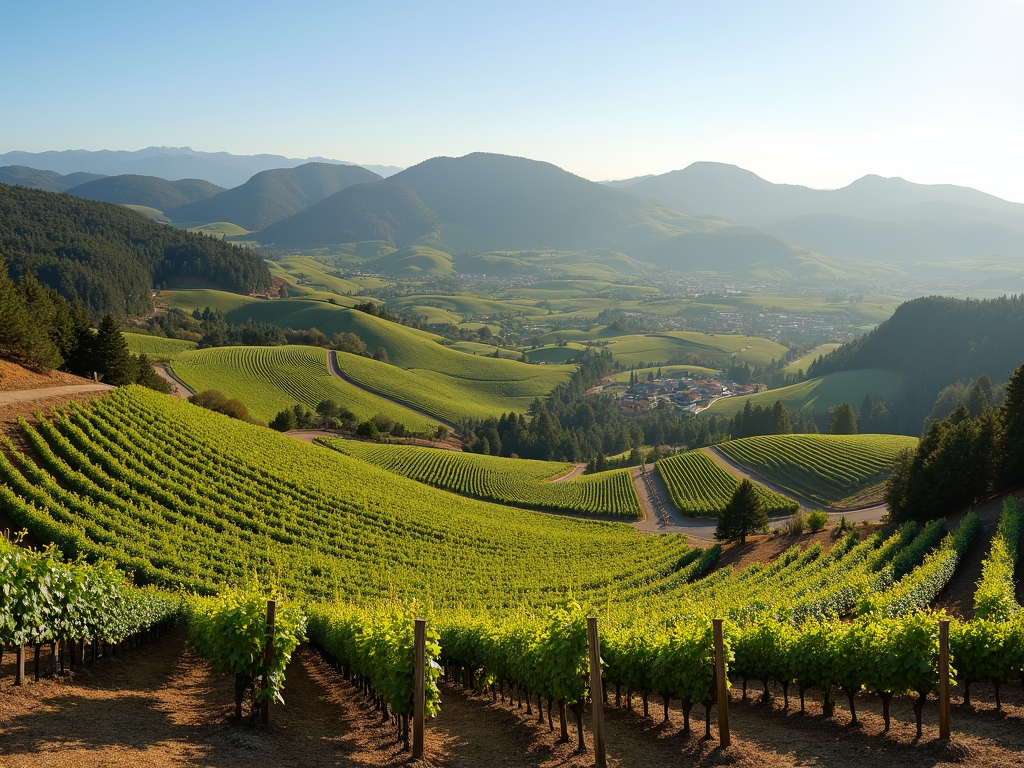How Terroir Shapes Your Favorite Wines
Wine lovers often talk about 'terroir,' but what does it really mean? Terroir is the unique combination of natural factors—soil, climate, topography, and even the local ecosystem—that give a wine its distinct character. It's why a Pinot Noir from Burgundy tastes different from one grown in Oregon, even if the grape is the same. In this article, we'll explore how terroir shapes the wines you love, with insights from a day at Beringer Vineyards and tips on choosing the right wine for your palate.

What is Terroir?
Terroir is a French term that translates to 'sense of place.' It encompasses all the environmental factors that influence the growth of grapes and, ultimately, the flavor of the wine. These factors include:
- Soil: The type of soil affects how vines absorb water and nutrients. For example, clay soils retain water, which can lead to bolder wines, while sandy soils drain quickly, producing lighter wines.
- Climate: Temperature, sunlight, and rainfall all play a role. Warmer climates tend to produce riper, fruitier wines, while cooler climates yield wines with higher acidity and more subtle flavors.
- Topography: The slope of the land, elevation, and exposure to sunlight can impact how grapes ripen. South-facing slopes, for instance, get more sun, leading to sweeter grapes.
- Local Ecosystem: The surrounding plants, animals, and microorganisms can also influence the vineyard's health and the wine's flavor.
Understanding terroir helps you appreciate why wines from different regions taste unique. It's not just about the grape variety; it's about where and how those grapes are grown.
How Soil Shapes Wine
Soil is one of the most critical components of terroir. Different soils impart different characteristics to the wine:
- Clay: Retains water and nutrients, leading to full-bodied wines with rich flavors.
- Limestone: Provides good drainage and reflects sunlight, producing wines with high acidity and minerality.
- Sand: Drains quickly, resulting in lighter, more delicate wines.
- Volcanic: Rich in minerals, often giving wines a distinct, earthy flavor.
At Beringer Vineyards, the soil varies across their estates, contributing to the diversity of their wines. For example, their Napa Valley vineyards have volcanic soil, which adds a unique minerality to their Cabernet Sauvignon.

The Role of Climate
Climate is another key factor in terroir. It affects the ripening process of grapes, which in turn influences the wine's flavor profile:
- Warm Climates: Grapes ripen faster, leading to higher sugar content and bolder, fruitier wines.
- Cool Climates: Grapes ripen more slowly, retaining acidity and producing wines with more elegance and subtlety.
Beringer's vineyards in California benefit from a Mediterranean climate, with warm days and cool nights. This diurnal temperature variation helps grapes develop complex flavors while maintaining acidity.
Topography and Its Influence
The physical landscape of a vineyard also plays a significant role:
- Elevation: Higher altitudes can lead to cooler temperatures, slowing grape ripening and enhancing acidity.
- Slope: Steeper slopes provide better drainage and more sunlight exposure, which can lead to more concentrated flavors.
- Aspect: The direction a slope faces affects sun exposure. South-facing slopes in the Northern Hemisphere get more sun, leading to riper grapes.
During a vineyard tour at Beringer, you can see how their hillside vineyards benefit from excellent drainage and optimal sun exposure, contributing to the quality of their wines.

Personal Insights from a Day at Beringer
Visiting Beringer Vineyards offers a firsthand look at how terroir shapes wine. During a vineyard tour, you can walk through the rows of vines, feel the soil, and see the diverse topography. The guides explain how each element contributes to the wine's character, making the concept of terroir come alive.
One memorable moment was tasting a Chardonnay from their Los Carneros vineyard, known for its cool climate and clay soils. The wine had a crisp acidity and a creamy texture, perfectly reflecting its terroir. It was a reminder that wine is not just a product; it's a story of the land.
How to Choose the Right Wine for Your Palate: Tips from Beringer
Understanding terroir can also help you choose wines that suit your taste. Here are some tips inspired by Beringer's expertise:
- Consider the Climate: If you prefer bold, fruity wines, look for bottles from warmer regions like California's Central Valley. For more subtle, acidic wines, try cooler regions like Oregon or Burgundy.
- Think About Soil: If you enjoy minerality, seek wines from limestone-rich areas like Chablis. For richer, fuller wines, try regions with clay soils.
- Explore Topography: Wines from higher elevations often have more acidity and elegance, while those from valley floors might be fuller and more robust.
Beringer offers a range of wines from different terroirs, making it easy to explore and find your perfect match. Their wine tasting events are a great way to experience this diversity.

Summary
Terroir is the heart and soul of wine, shaping its flavor, aroma, and character. By understanding how soil, climate, and topography influence wine, you can appreciate the diversity of wines and make more informed choices. Whether you're exploring Beringer's vineyards or selecting a bottle for dinner, terroir is the key to unlocking the story behind every sip.